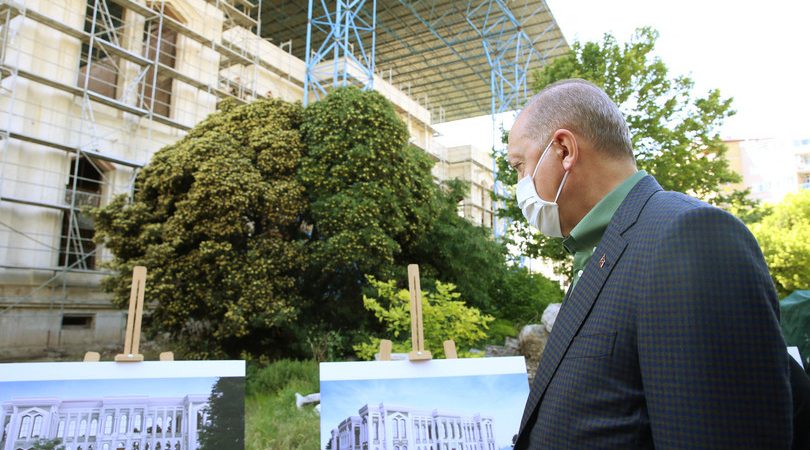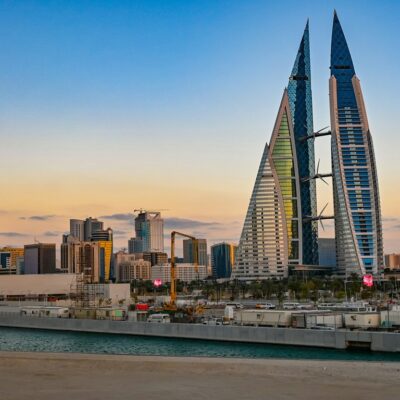Turkey, Erdogan inaugurates new mosque and liquidates Ataturk

The Turkish president, Recep Tayyip Erdogan, will inaugurate on Friday the new great mosque in Taksim Square, in the center of Istanbul, a symbol of the secular Republic born in 1923 from the collapse of the Ottoman Empire.
To understand the symbolic value of the opening of the mosque it is enough to look at the new Taksim square, born from a restyling inspired by the twenty years in which Erdogan was in power. With an area of 2,482 square meters, the new place of worship is intended to tower over the monument to the father of secular Turkey, Mustafa Kemal Ataturk, located in the center of the square and facing the new opera building, under construction on the opposite side. and named after Ataturk himself. The latter building takes the place of the Ataturk cultural center, more impressive, but dilapidated since its closure in 2008 until the demolition in 2018.
In modern times it inevitably passes for the massacre of May 1, 1977, when during a demonstration by trade unions and the Communist Party, 34 people died and 136 were injured by the bullets that several snipers exploded from the upper floors of the Hotel Marmara, which occupies the side of Taksim square in front of Gezi Park.An event that has never been fully shed light on, but which has made the square a place of confrontation and conquest in a country that has always been fractured internally. Symbolic square to the point of being able to say that whoever commands in Taksim commands in Turkey.
The opportunity for Erdogan’s revenge comes in 2016, in the aftermath of the failed coup on July 15. In describing the defeat of the coup leaders, Erdogan has always exalted the role of the demonstrators who took to the streets “in defense of democracy and the independence of Turkey”. Rhetoric that the president inaugurates right in Taksim Square, where a stage with a big screen will be the background to a continuous flow of people, who for a month crowded the square “guarding democracy”. A situation equal (by flow) and opposite (by type of demonstrators) to that which occurred during Gezi Park.
Those are the days in which Erdogan took Taksim Square back after Gezi Park, so much so that he would force his hand and brush up on the project for the mosque which will be approved just 6 months later. The idea of a mosque in Taksim square, exactly like the conversion into a mosque of Hagia Sophia, corresponds to two cornerstones of Turkish religious-inspired parties for several decades, in the past always failed despite widespread support from the population.
Two battlegrounds between the secular elite and the secular electorate on the one hand and the Muslim population on the other, the two main souls of the country. Converting Hagia Sophia means taking away space from tourism and denoting the area of Sultan Ahmet with a religious imprint, a destination for visitors, and the subject of postcards of the city with a fairy-tale skyline.A mosque in Taksim Square means bringing religion into the secular heart of the country, in a non-touristy square, aesthetically ugly, but symbolically central to the history of the Turkish secular republic.
The first projects of the Taksim mosque date back to the 1950s, all stopped by legal proceedings and bureaucratic hitches. However, it is at the beginning of 1980 that the approval of the project seems to have been done, before the military coup of the same year which left no way out for religious and leftist groups.
When Erdogan became mayor of Istanbul in 1994, he relaunches the project, which two years later seems to be on the launching pad, before a judicial investigation forces him to leave his post and ends with a 10-month prison sentence that he will serve in 1999. After 22 years, the former mayor of Istanbul, now president, after the conversion of Hagia Sophia realizes another dream of Turkish political Islam and returns to write his name in the history of a country that continues to shape in its image and similarity.




